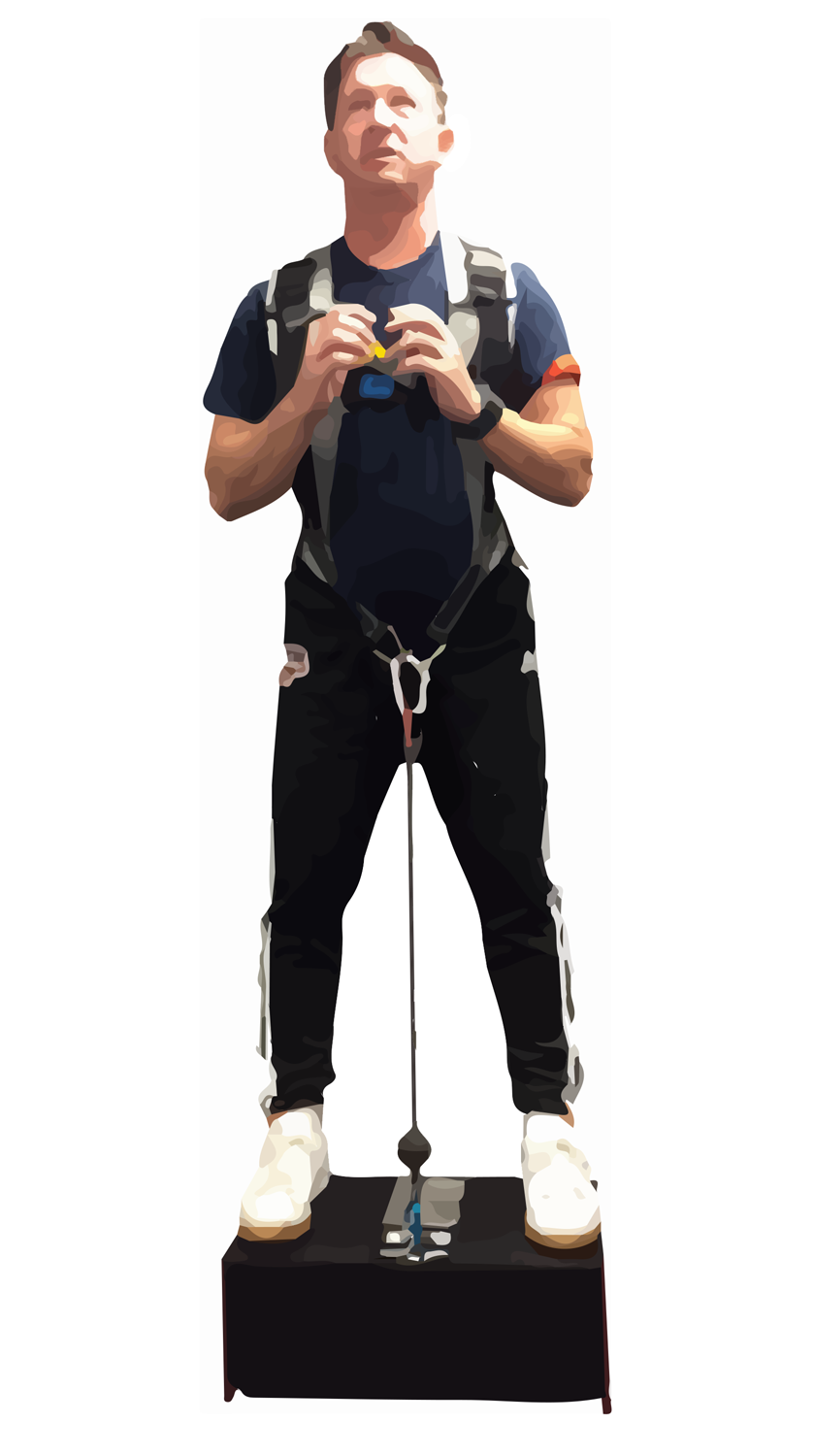Three hundred eighty-three days in space is a long time – time enough to lose bone mass and muscle strength – and NASA is offering up to $15,000 for innovative ideas on how to keep astronauts on long duration missions healthy through exercise.
NASA astronaut Scott Kelly has surpassed astronaut Mike Fincke’s record for the most cumulative time in space by a U.S. astronaut. Kelly has spent 383 total days in space over four missions, and before his current mission is up, he’ll spend 139 more days there. NASA is developing ways to keep astronauts like Kelly healthy on long duration exploration missions through exercise on special equipment.
”The exercise countermeasures hardware on the International Space Station is very capable and is an improvement over previous generations of equipment. NASA has teams working to advance new and innovative exercise countermeasures technologies to reduce the mass, power and volume required for spaceflight. Currently we are exploring technologies like servomotors and flywheels; the question is can we do better?” said Gail Perusek, project manager, Human Research Program at NASA’s Glenn Research Center in Cleveland.
On the space station, astronauts exercise for about two hours a day using the Advanced Resistive Exercise Device, the second generation T2 treadmill and the Cycle Ergometer with Vibration Isolation System to help them stay healthy in space and speed recovery when they return to the ground. Being able to readapt to gravity will be especially important when NASA sends humans to Mars. After a six or more month journey, it will be critical for the crew to land their spacecraft and be able to stand and work on the surface of the Red Planet.
Because of the size of the station, astronauts are able to use larger equipment like the Advanced Resistive Exercise Device. But future missions won’t have the luxury of space – at least not inside the spacecraft. NASA’s Orion spacecraft will hold four astronauts. They will all need to do similar resistive and aerobic exercises as astronauts on the station, but conduct them in a much smaller area.
To help astronauts flying on Orion and to help broaden the options for designers of compact exercise equipment for long duration missions, NASA is seeking innovative ideas for ultra-compact resistive and aerobic exercise equipment. The Bio-Inspired Advanced Exercise Concepts Challenge offers up to three awards of $5,000 each for a total of $15,000 for the best designs of a mechanism that fits into a space measuring 13 inches by 21 inches by 7.5 inches, weighs less than 20 pounds and requires no external power to operate.
“Revolutionary technologies require the infusion of new ideas. Following on the successes of other researchers exploring ideas inspired by nature, this challenge hopes to broaden the trade space by seeking bio-inspired, or biomimetic solutions. How does nature generate force in small packages and regenerate energy for efficiency? Can we glean principles from nature to bring new approaches to developing compact exercise equipment for spaceflight?” Perusek said.
The challenge runs through Dec. 14, and the winners will be announced in February. Innocentive, who is hosting the challenge for NASA, will hold a webinar for participants to answer questions about the challenge on Oct. 29.
The challenge is managed by NASA’s Center of Excellence for Collaborative Innovation (CoECI). CoECI was established with support from the White House Office of Science and Technology Policy to assist NASA and other federal agencies in using new tools – such as challenges – to solve tough, mission-critical problems. The Center launches challenges under the umbrella of the NASA Tournament Lab and offers a variety of open innovation platforms that engage the crowdsourcing community in challenges to create the most innovative, efficient and optimal solutions for specific, real world challenges.
For more information about the challenge and to register, visit the Bio-Inspired Advanced Exercise Concepts page.




























